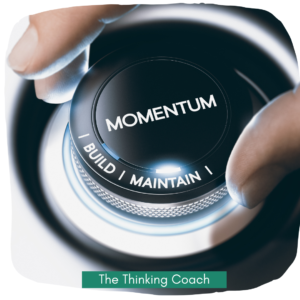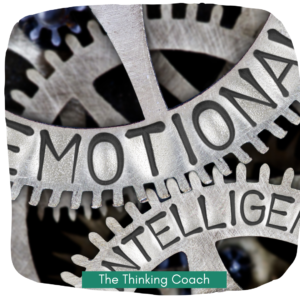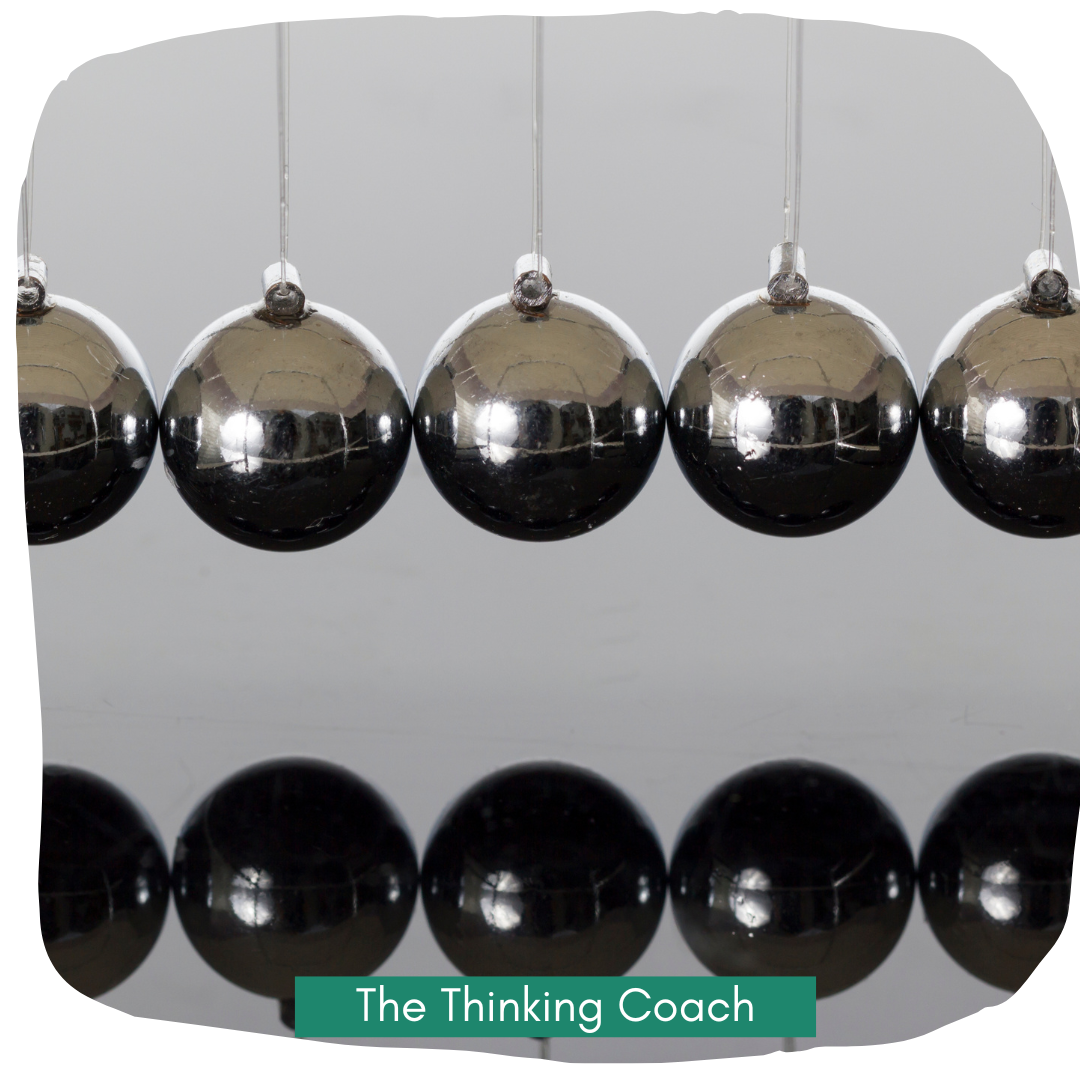Table of Contents
The Power of Momentum in Leadership 
Creating positive momentum in leadership is critical for fostering growth, driving innovation, and achieving sustainable success within any organization. Momentum in leadership (ML) refers to the forward movement generated by consistent, small victories that gradually build towards achieving larger goals. It emphasizes the importance of cultivating a proactive mindset and an environment where progress is continuous, regardless of the challenges that may arise.
Momentum in leadership acts as a catalyst for change, driving organizations towards their goals while simultaneously preventing stagnation. Leaders who understand and harness the power of momentum can transform their vision into reality, ensuring that their teams remain focused and motivated. The dual nature of momentum—as both a potential ally and a possible obstacle—underscores its significance in determining leadership effectiveness and overall organizational success.
Understanding the Impact of Momentum in Leadership

Momentum in leadership serves as a dynamic force that can either propel an organization forward or, if neglected, cause it to lose direction. Leaders who intentionally create and maintain momentum are more likely to see their initiatives succeed. This momentum is generated through consistent actions that build on each other, creating a snowball effect where progress accelerates over time.
The concept of momentum in leadership highlights the importance of a leader’s role in fostering a culture of continuous improvement. By focusing on momentum, leaders can steer their teams through the complexities of organizational change and ensure that progress is not just a series of isolated events but a sustained effort that drives long-term success.
The Importance of Quick Wins in Leadership Momentum 
Achieving quick wins is crucial for creating and sustaining momentum in leadership. Quick wins are small, easily attainable goals that serve as building blocks towards larger objectives. These wins are important because they provide immediate feedback, boost morale, and create a sense of accomplishment within the team. By focusing on quick wins, leaders can build momentum that makes larger, more challenging goals seem more achievable.
Momentum in leadership is greatly influenced by the ability to generate quick wins. These successes act as stepping stones, building the confidence of the team and reinforcing the belief that the larger vision is within reach. As momentum builds, the team becomes more cohesive and engaged, fostering a culture of success that perpetuates further achievements.
Strategies for Building Momentum in Leadership 
- Set Clear Roadmaps and Milestones: Establishing a clear roadmap with defined milestones is essential for building ML. By setting specific goals and identifying key performance indicators (KPIs) to measure progress, leaders can ensure that every action taken contributes to the overall vision. Momentum in leadership is not just about moving forward; it’s about moving forward with purpose and direction.
- Foster Collaboration to Enhance Momentum: In today’s complex work environment, collaboration is a key driver of momentum in leadership. By engaging team members and stakeholders in the decision-making process, leaders can build trust, encourage collective effort, and ensure that everyone is aligned with the organization’s goals. Collaborative efforts amplify momentum, as they bring diverse perspectives and ideas that can accelerate progress.
- Maintain Momentum Through Continuous Evaluation: Once momentum in leadership is established, it’s vital to keep it going. This requires ongoing evaluation and adjustment of strategies to prevent burnout and ensure sustained energy and focus. Leaders must remain vigilant, constantly assessing the team’s progress and making necessary adjustments to keep the momentum alive.
- Embrace the Leadership Flywheel for Sustained Momentum: The concept of the leadership flywheel involves a continuous cycle of reviewing, planning, and executing strategies that align with the organization’s goals. Momentum in leadership is sustained by this iterative process, where each cycle builds on the previous one, creating a self-reinforcing loop of progress and improvement.
- Cultivate Resilience to Sustain Leadership Momentum: Resilience is a critical component of maintaining momentum in leadership. Challenges and setbacks are inevitable, but resilient leaders and teams can quickly recover and continue moving forward. By fostering a resilient mindset, leaders can ensure that momentum is not easily derailed by obstacles.
- Celebrate Successes to Reinforce Momentum: Celebrating successes, no matter how small, is vital for reinforcing momentum in leadership. Recognition and celebration boost team morale and reinforce the positive behaviors that contribute to ongoing success. This practice helps maintain the momentum by reminding the team of their progress and encouraging them to continue striving towards their goals.
- Communicate Vision and Progress Regularly: Regular communication is key to sustaining momentum in leadership. Leaders should consistently communicate the vision, progress, and next steps to the team. This keeps everyone aligned, informed, and motivated, ensuring that momentum is maintained over time.
The Role of Momentum in Leadership Development 
Momentum in leadership is not just about achieving immediate goals; it’s also about developing long-term leadership capabilities. Leaders who focus on building and sustaining momentum are better equipped to lead their teams through complex challenges and drive continuous improvement. By prioritizing momentum, leaders can create a culture of excellence where success is not just a one-time achievement but an ongoing process.
Developing ML involves a commitment to continuous learning and adaptation. Leaders must be willing to evolve their strategies, embrace new ideas, and remain focused on their long-term vision. This approach not only drives organizational success but also fosters personal growth and leadership development.
Emotional Intelligence as Key Factor in Leadership Momentum 
When a leader has mastered the skill of communication that includes positive thinking and the emotions that belong with words they can “inject” inspiration to the small wins and build an aura of success and motion forward. When there’s momentum it is propelled by Emotional Intelligence that gets people inspired and believing in themselves which is a powerful “tail wind” that achieves great results. It’s an unseen power that is “contagious” and effective.
I can show you how to create it and, most importantly, maintain it. It is a key component in leadership competence that is a game changer!
Conclusion: The Lasting Impact of ML 
Creating positive momentum in leadership is a multifaceted process that requires intentionality, strategic planning, and continuous effort. By focusing on quick wins, fostering collaboration, and maintaining a continuous cycle of improvement, leaders can harness the power of momentum to drive their organizations forward. Momentum in leadership not only enhances a leader’s effectiveness but also empowers teams to achieve extraordinary results. Ultimately, the ability to create and sustain momentum is an essential aspect of successful leadership that can transform organizations and lead to lasting success.
Are you ready to harness the power of momentum in leadership? Start building your team’s momentum today with intentional strategies and quick wins. Contact me now to discover how I can help you create lasting impact and drive your organization to new heights of success!
Eli Harari
The Life Coach for Professionals™



Pingback: Critical Keys of Corporate Leadershipin the 21st Century